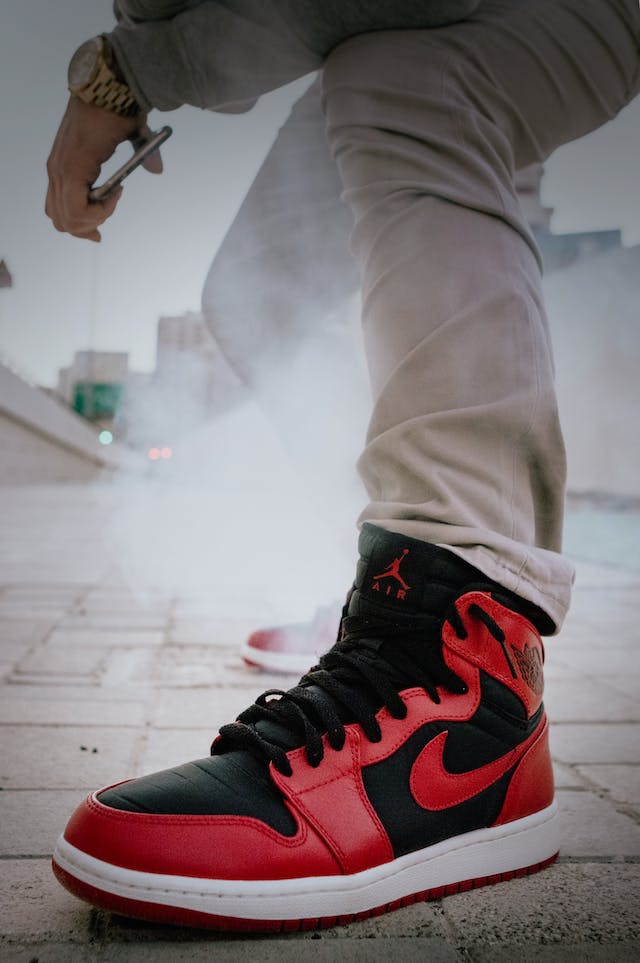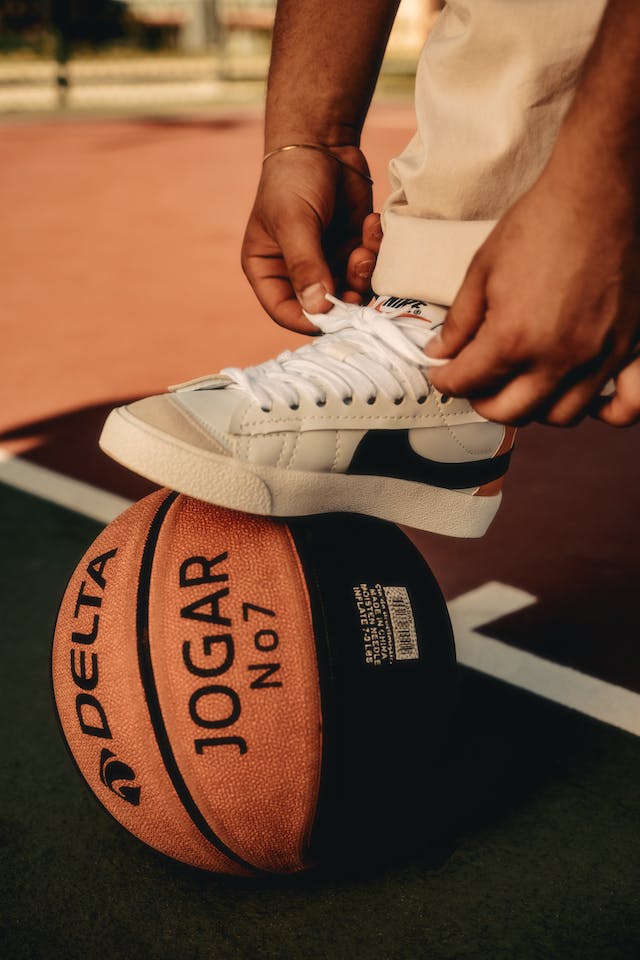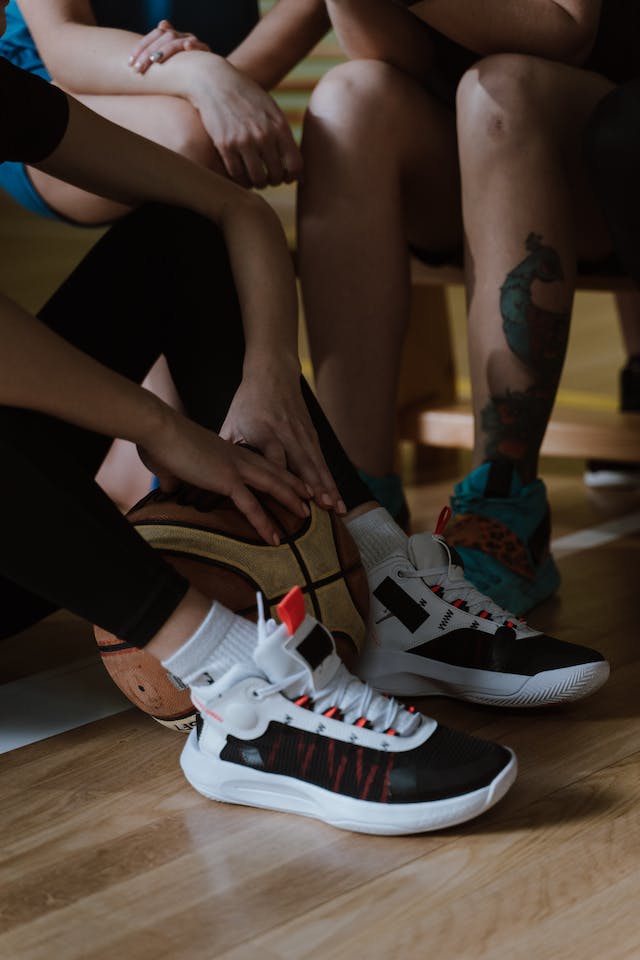Why Do Basketball Shoes Have Treads?
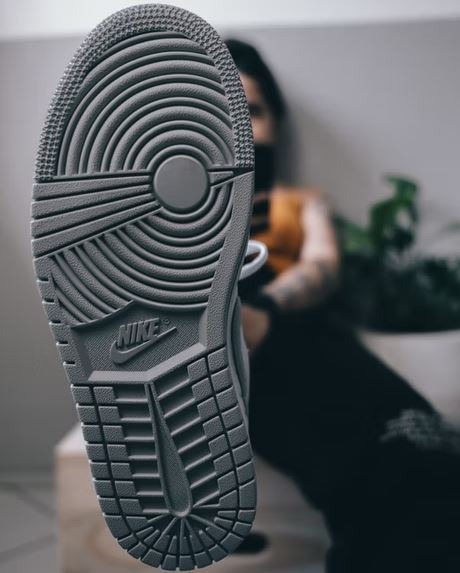
There are plenty of components that make up a basketball shoe, but some of these components are more important than others. A lot of people would say that the features of the upper and the material for the midsole are the essential parts of the shoe, but what many of them forget about is the outsole, which is arguably the one that provides the most protection for our feet while playing basketball.
The reason why the outsole provides support is because of its treads, which are located at the very bottom of the outsole and are the ones that allow our feet to grip the floor of the basketball court better. To learn more about the outsole and its gripping ability, let us take a look at the details about why basketball shoes have treads.
What are Treads?
The tread is the part of the shoe that comes into contact with the ground or the floor of the basketball court. Treads in basketball shoes often vary in shape, although a lot of them are made of rubber, which is a material primarily used for outsoles because of its durability and rigidity.
Besides basketball shoes, there are also treads in almost all kinds of footwear, but the treads used on other shoes are usually different from what you would normally find in basketball shoes. The reads create a smooth contact between you and the ground, and the contact that the treads create provides maximum stability and grip for your feet. This feature can easily be shortened into one word: traction.
If there are no threads on your shoes, there is a very high chance that you will slip and fall on the basketball court, as you have no means to retain a grip on the floor. In addition, having no treads can also cause injuries since you will have difficulties controlling your movement on the court.
Traction for Different Types of Surface
Besides the hardwood floor, basketball is often played outdoors on concrete floors too. So, many brands would often develop different tractions or treads for various types of surfaces. The treads of basketball shoes worn on the hardwood floor are sometimes softer to provide the optimal grip and stability for your feet. When the treads are too hard, the basketball shoes may have an excessive gripping ability that your feet would just get stuck in one area, which would then cause injury or accidents on the court.
However, for outdoor basketball courts, the shoes worn in the games have harder and denser treads that are designed for durability instead of stability. Because concrete floors aren’t really slippery compared to hardwood floors for indoor basketball, players don’t really need that much grip on their shoes. What they would need are shoes that have durable outsoles, as concrete can grind on the rubber of the outsole and damage the treads easily if they are too soft. For Nike, they would label their outdoor basketball shoes with the XDR tag, and the term “XDR” means “extra-durable rubber.”
Traction Patterns for Basketball Shoes
In addition to the composition of the rubber used for outsoles, the traction patterns for basketball shoes are often different for each model. However, the types of traction patterns used in basketball shoes today can be divided into two categories. Here are descriptions for each of those traction pattern types.
Herringbone Traction
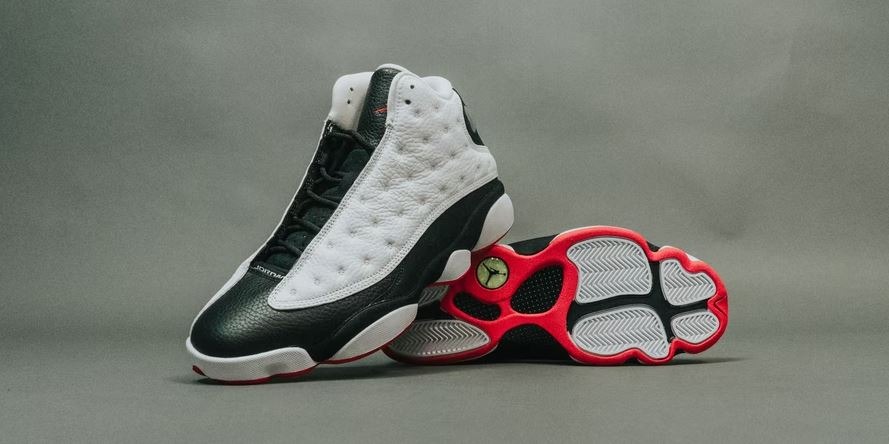
One of the oldest and most popular types of traction patterns for shoes is herringbone traction, which primarily consists of multiple triangles joined together to form horizontal zigzag patterns on the outsole of the basketball shoes. Herringbone traction provides both stability and grip for the shoe, so it is suitable for any kind of movement on the basketball court.
However, the herringbone traction that has the same patterns all throughout the outsole of the shoe is said to be ineffective in the modern era of basketball, where lateral movements are becoming more common. So, various brands have created herringbone traction with patterns that vary in positions and shapes.
There are patterns that are specifically designed for lateral movement by simply positioning the herringbone pattern vertically, while there are also patterns that are bigger than usual and are made to allow better movement and less gripping ability, which is often found at the center of the forefoot or on the heel of the shoe.
Storytelling Traction
Storytelling traction is the type of pattern that consists of various shapes, symbols, and figures that are supposed to tell a story or a message that is related to the shoe itself or to the history of the brand. However, the storytelling traction pattern is commonly seen in signature shoes, which are a type of footwear that is designed for a specific basketball player, and sometimes, the player contributes to the overall design of the basketball shoe.
An example of storytelling traction on a shoe is the outsole of the Air Jordan 10, which features texts that detail all of Michael Jordan’s achievements before the shoe was released, like winning the NBA (National Basketball Association) Rookie of the Year award and getting three NBA championships.
A common misconception about storytelling traction is that it doesn’t provide the same stability and grip as herringbone. But, there are already a lot of storytelling traction patterns over the years that have been reviewed to have better traction than herringbone, like the Air Jordan 9 and the Air Jordan 10.
Unfortunately, storytelling traction is not really that common in basketball shoes because it is quite expensive to manufacture, so a lot of modern basketball shoes still have herringbone traction, although the herringbone is modified to be suitable for how basketball is played today. But, some players with signature shoes would usually put text in various parts of the herringbone pattern, like the Nike Kyrie 1, where Kyrie Irving opted to place the name of his later mother, Elizabeth, on the center of the outsole.
These are all you need to know about treads, traction patterns, and the outsoles of basketball shoes. If you are currently looking for shoes that you can use for hooping, you should check out reviews of some of the most popular basketball shoes to see if their outsoles offer the most suitable grip and support for your feet.

